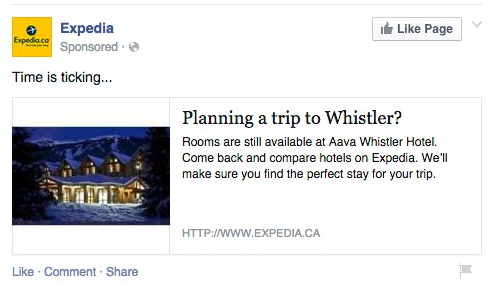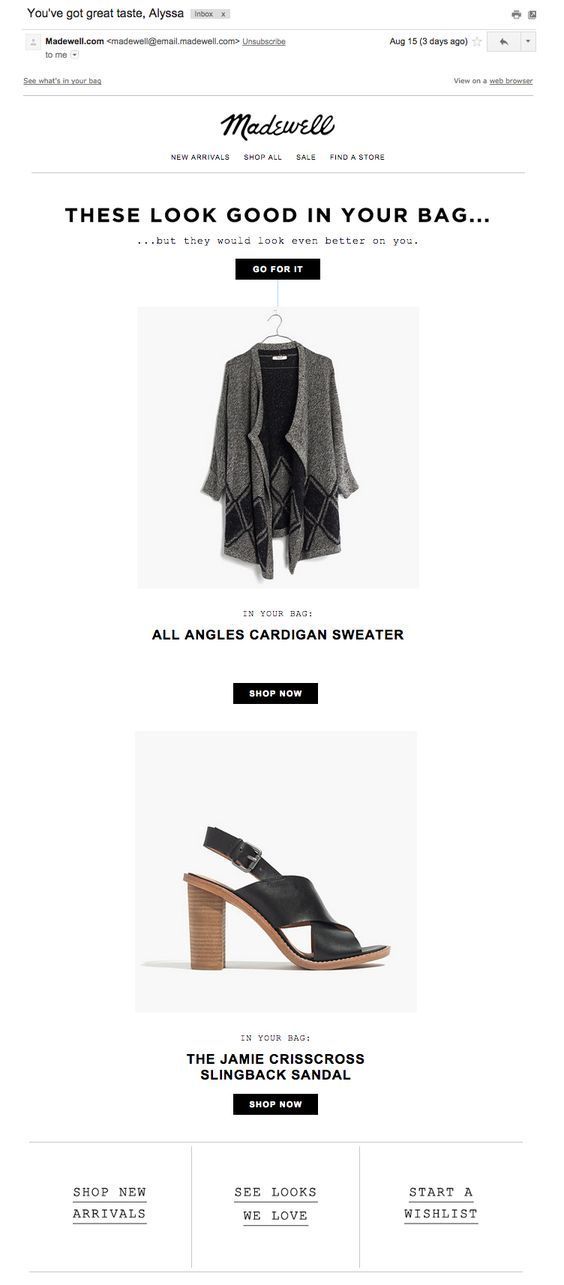In today’s world, where we spend so much time online, the brands that win our hearts are often the ones that are best able to connect with us.
Gone are the days when we accepted broadcast advertising as the norm, expecting nothing more than to be treated as a single bee in a giant swarm. We appreciate more targeted advertising, expecting the brands we know and love to deliver timely, relevant messaging.
This is the foundation of Behavioural Marketing.
What is Behavioural Marketing?
Traditionally, marketing has largely included broadcast messaging to a potential audience for your product or service. The strategy was to cast the net wide and catch as many prospects as possible. Consider activities such as television advertising, flyer/brochure drops, magazine advertising and radio broadcasting. Using these channels you could apply general targeting such as advertising during an appropriate show or dropping to a relevant neighbourhood, but these don’t take into account the specific interests of individuals.
Behavioural marketing, on the other hand, uses the behaviour of the individual to deduce product/service interest and propensity to buy. It enables deeper conversations with people who are more likely to be a good match for what is on offer.
Behavioural marketing uses things such as ad clicks, specific page/product views, email clicks and search behaviour to build a profile and then launch relevant ‘conversations’ with members of the target audience.
Behavioural marketing enables businesses to target specific consumers. Ultimately it’s a way of using data from customer behaviour to reach them with more relevant messaging.
Types of Behavioural Marketing
As we’ve discussed, Behavioural Marketing is a type of marketing that uses data to present highly relevant messages to specific members of an audience. There are multiple channels and ways of doing this. What’s more, you can use a combination of channels to multiply the impact.
Retargeting
As the name suggests, retargeting involves presenting a product, page or message that the visitor has already shown interest in - but not necessarily on the same platform. For example, a website visitor spends time on a particular product page of your website but does not buy. You may then ‘retarget’ them with an ad for that product on Facebook or via the Google Display ad network.
Google has a display advertising network, where ads are displayed on participating websites (that are Google-approved) with relevant keywords and topics.
When you’re using the retargeting network, your specific ads (for example featuring a product that your customer is interested in) will display to the people who’ve shown interest in that product.
Similar to Google, you can advertise your products or services via the Facebook ad network and specifically choose members of your target audience who have shown interest in certain things. Then, when they are browsing their feed or viewing pages within Facebook, these audience members will be presented with the ad featuring the specific product or service they’ve shown interest in.
Email is a great channel because it’s a more ‘personal’ way to reach an individual - in their inbox. When an email is highly personalised, it’s even more effective. A very effective type of email is the ‘Abandoned Cart’. Essentially this involves sending an email to a website visitor after they’ve put a product into their online shopping cart, but not completed the purchase. You need their email address, permission to email them, and a link between their shopping cart and email address - you can then present a highly personal message and an invitation to complete their purchase. Once set up, this entire process is automated.
Product Recommendations
Where “Retargeting” involves presenting a product, service or message that a user has seen and shown interest in, Product Recommendations are complementary. These messages present products that are similar or supplementary to those the customer is viewing (or has viewed).
Think of scenarios such as “Customers also bought”, “You may also like” or “Goes well with” messaging. Once again these relationships (between products or services) are set up once and automatically displayed based on the customer’s behaviour.
Product recommendations can be displayed on your brand’s website (for example within product pages), on social media display ads, or in email messages. As they are based on the customer’s behaviour, this type of marketing is more effective than broadcast or blanket advertising.
Examples in Action
Facebook - Retargeting
This example from Expedia is retargeting a website visitor who showed interest in a specific hotel in Whistler. Google Retargeting ads work in a similar way.

Email - Abandoned Cart
Here’s an example of an Abandoned Cart email, showing the specific products a customer left in her cart. The customer can click through to complete her purchase.

How to Get Started
As you can imagine, retargeting audience members based on behaviour relies heavily on data. You may already be collecting some of the data required to start Behavioural Marketing. You may also need to begin collecting other types of data.
As with any marketing activity, it’s important to start with a goal in mind and your overall marketing strategy as the foundation. For example, consider whether you want to generate more website visits from people who’ve shown an interest, or perhaps specifically generate sales of a product category by retargeting those who have visited those pages.
On Google
In order to retarget website visitors based on their behaviour, you will need to be building an audience via a Google remarketing tag. You can do this in your Google account by creating a campaign and selecting the targeting as “interests and remarketing”. You will either install a remarketing tag on your website or use an existing Google Analytics tag.
Once your audience build is underway, you can set up ads to present to them.
On Facebook
Similar to Google, Facebook retargeting is done by building an audience of website (or page) visitors via a Facebook pixel code. You generate this code in your Facebook Ad account by creating a Custom Audience and then installing it on your website.
Email Remarketing
Getting started with Email Remarketing (such as Abandoned Cart or Product Recommendations) depends largely on the email provider you use, and the eCommerce platform on which your website is built. Most email platforms (for example MailChimp and ActiveCampaign) provide automation templates you can use for Abandoned Cart. Online store platforms (such as Shopify and WooCommerce) allow you to collect customer data - and integrations (or plugins) between the two enable marketing automation. Google “<your email platform name> abandoned cart” to get started.
In conclusion, Behavioural Marketing is a powerful way to connect your offering with your customers. It focuses your messaging on their specific interests and presents offers that are hyper-relevant to them. It’s a great way to increase sales and get even closer to your target market. What’s more, in today’s data-driven world, customers are beginning to expect more relevant, more targeted messages from brands.
If you’d like to discuss how your business can benefit from Behavioural Marketing, get in touch with us. We’d love to explore the opportunities with you.
Related posts
Why not incubate while you hibernate?
by Gerry Wagner on 30 Mar 2020
Through no fault of our own, many of us SME business owners now find ourselves having to work from ...Why most SMEs are not digital ready
by Gerry Wagner on 30 Mar 2020
As SMEs we’re all busy and most of us like to speak in plain English - not tech jargon. Digital ...

